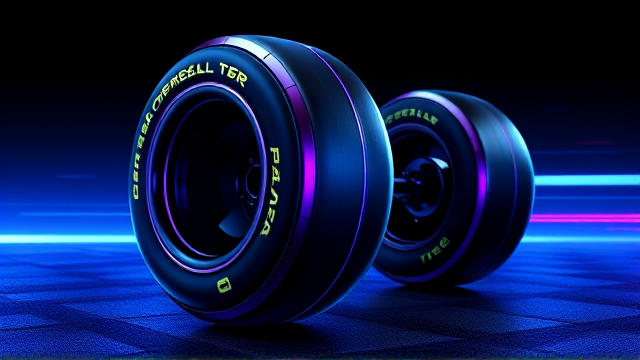Pirelli Aims for Greater Speed Difference Between Tire Compounds Next Season.
Pirelli’s racing director, Mario Isola, has thrown down the gauntlet for the upcoming Formula 1 season, declaring that the Italian tyre manufacturer is targeting a significantly greater speed differential between its softest compounds, a strategic pivot following a year where the performance gap proved frustratingly narrow. The C6 compound, the softest in Pirelli’s arsenal, became a focal point of driver discontent, most notably during its final appearance at the Azerbaijan Grand Prix, a weekend where its marginal advantage over the C5 medium left teams and drivers grappling with a lack of strategic clarity.Isola acknowledged the silver lining of this compressed performance window, noting it injected a dose of qualifying unpredictability as drivers were split on compound choice, but he was unequivocal about the core issue: the typical chasm of several tenths separating the soft and medium tyres had shrunk to a mere couple of tenths, undermining their core purpose as a strategic variable. This revelation is not just a minor technical adjustment; it’s a fundamental recalibration aimed at restoring the high-stakes tyre poker that defines modern F1 strategy.The pursuit of a more pronounced delta is a direct response to feedback from the grid’s elite, for whom tyre management is as crucial as raw car performance, drawing parallels to how a footballer’s mastery of different playing surfaces can define a match outcome. Historically, Pirelli has walked a tightrope, tasked with creating tyres that degrade predictably to encourage pit stops without falling off a 'cliff' so abruptly that they become a lottery, a balance as delicate as a midfielder controlling the tempo of a game.The planned changes for next season are twofold, involving not only the chemical composition of the C6 and C5 compounds to enhance their inherent performance characteristics but also a broader shift in tyre construction across the entire range, a move that will force every team on the grid to revisit their aerodynamic and mechanical philosophies. This engineering challenge is immense, requiring Pirelli’s chemists and engineers to essentially hit a moving target, as the downforce levels and cornering speeds of the current generation of cars continue to escalate dramatically.Experts within the paddock suggest that a successful implementation of this goal could dramatically reshape race weekends, empowering teams to deploy more audacious two-stop or even three-stop strategies, thereby rewarding bold tactical calls and potentially breaking up processional races. Conversely, failure to achieve a robust and consistent performance gap risks further consolidating the advantage of the top teams, who possess the simulation tools and driver talent to extract the last thousandth of a second from any compound, much like how a top football club’s analytics department can decipher the most complex opponent.The consequences of Pirelli’s winter development program will therefore ripple far beyond the company’s Milan headquarters, influencing championship battles, defining team legacies, and ultimately determining whether the tyres become a protagonist in the 2024 narrative or remain a subdued supporting actor. For drivers like Max Verstappen and Lewis Hamilton, who have built their careers on extracting every conceivable advantage, a more volatile tyre performance landscape could either play directly into their hands or present a new, unpredictable hurdle to overcome, setting the stage for a season where the war of attrition is fought not just between rival garages, but within the very molecular structure of the black rubber meeting the tarmac.
Latest News
For Chatham Town, a seventh-tier football club whose last significant FA Cup run concluded in the 1888/89 season when they reached the quarter-finals—a feat
23 minutes ago0 comments
In a breathtaking display of raw athleticism that evoked memories of Barry Sanders' most electrifying runs, Atlanta Falcons rookie sensation Bijan Robinson
53 minutes ago0 comments
The Arizona Cardinals' 31-27 loss to the Indianapolis Colts on Sunday felt less like another notch in their four-game losing streak and more like a seismic
1 hour ago0 comments
The NHL’s regular season is heating up, and if last night’s action is any indicator, we’re in for another wild ride.
1 hour ago0 comments
The NFL's Monday Night Football doubleheader concludes with a compelling NFC showdown between the Chicago Bears and Washington Commanders at Northwest Stadium,
2 hours ago0 comments
The Miami Dolphins' season continues to unravel in spectacular fashion, with quarterback Tua Tagovailoa's postgame comments following Sunday's 29-27 loss to
2 hours ago1 comments
In a stunning twist of fate that will be debated in Russian hockey circles for years, SKA Saint Petersburg snapped Avtomobilist Yekaterinburg's formidable
2 hours ago0 comments
In a dramatic Monday night showdown that will be debated in KHL taverns for years, SKA St.
2 hours ago1 comments
It’s quiet here...Start the conversation by leaving the first comment.
